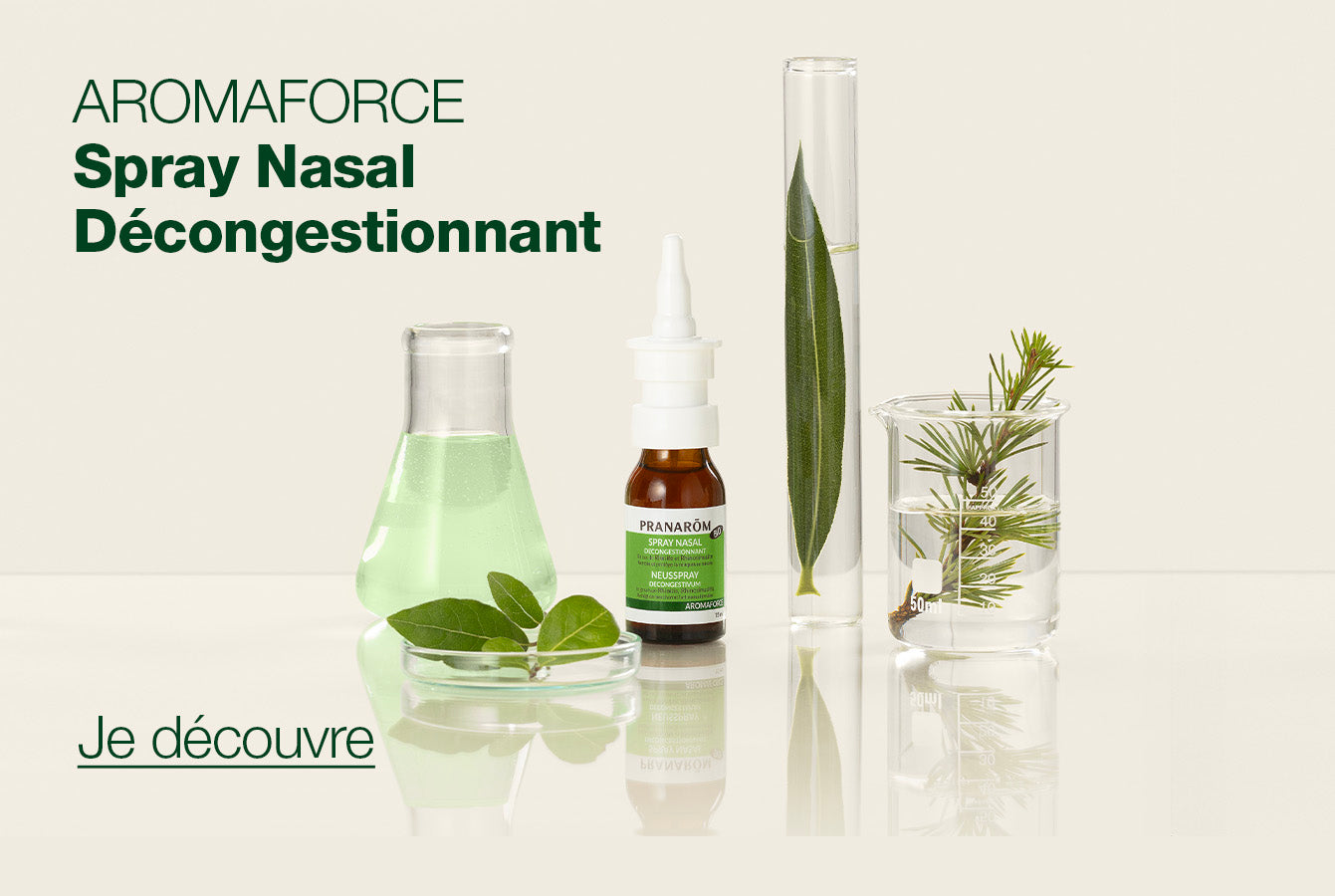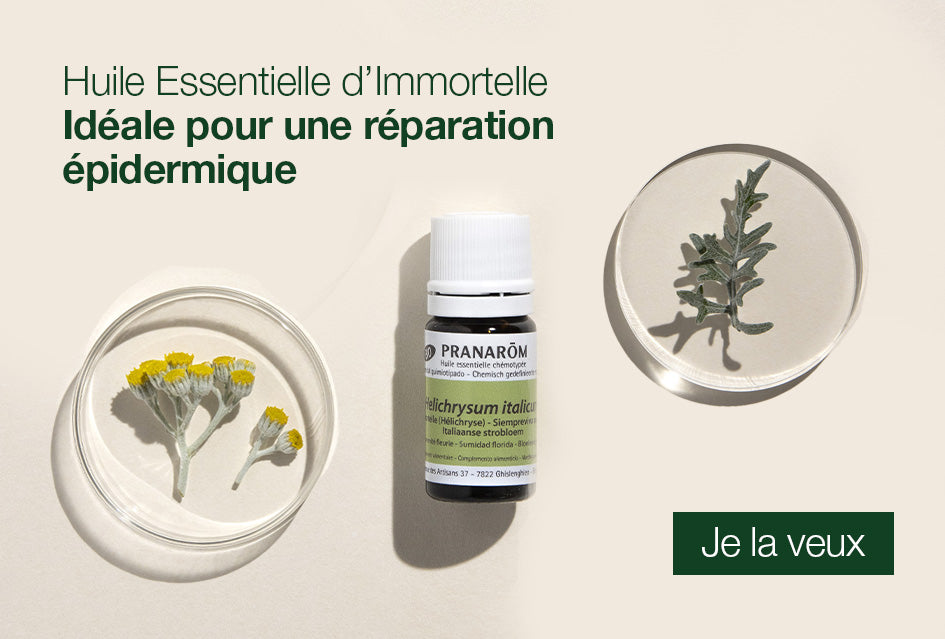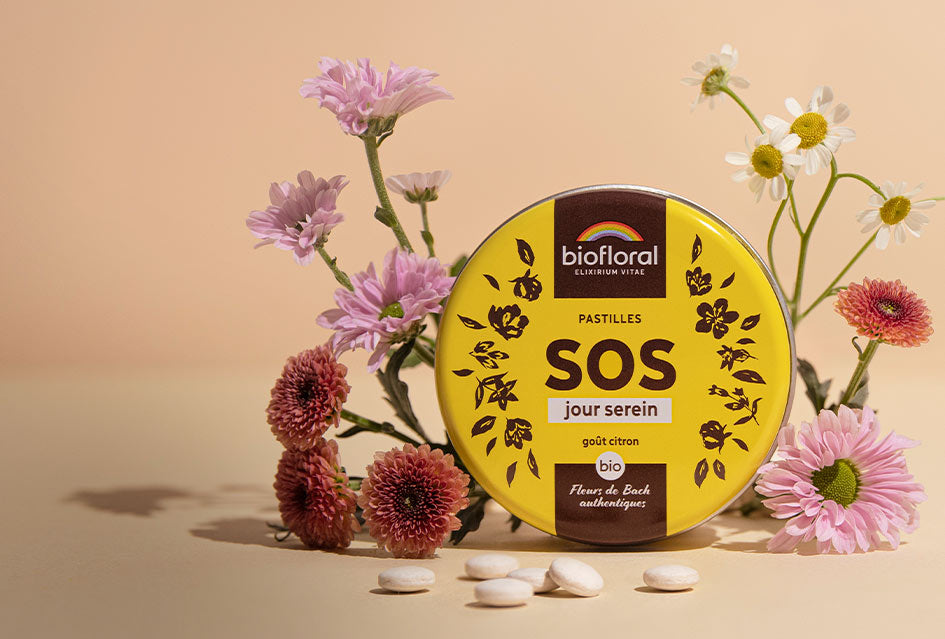Pathogenic and food spoilage bacteria have been considered as the primary causes of food-borne diseases and food quality deterioration in both developed and developing countries. In order to assure the food safety and to extend the shelf life of food products, additions of chemical preservative agents into food products or decontamination treatments via physical, chemical or biological process or their combinations have been widely applied in food industries (Brul and Coote 1999; Gould 2000).
However, critical concerns have been raised due to limitations of treatment processes and since survival of environment-adapted bacteria after treatment processes may lead to high resistance of bacteria such as pathogenic Escherichia coli O157:H7, Listeria monocytogenes, and some Salmonella serovars (Whitney et al. 2007; Hugas and Tsigarida 2008; Rajkovic et al. 2009).












